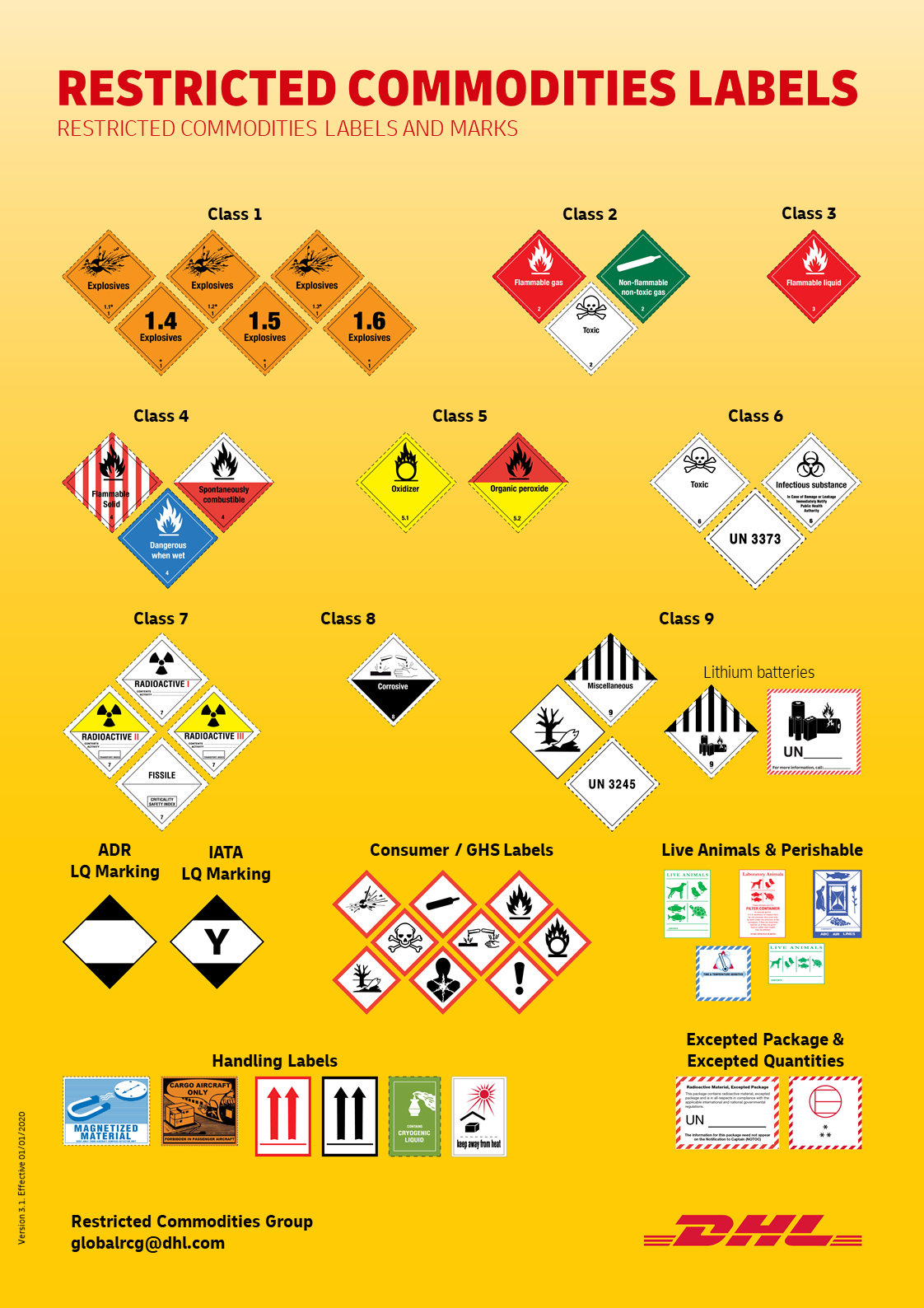Grow your business with the Discover newsletter
Logistics advice & insights straight to your inbox
Subscribe now
In the dynamic landscape of global trade, ensuring the secure and reliable movement of goods is a mission-critical endeavor. Yet, when it comes to handling hazardous materials, the margin for error is simply non-existent. This article is your compass to comprehending the intricate world of dangerous goods and shipping restrictions – an essential read for anyone navigating this complex terrain. Below is also a number of Guides and Resources and please reach out to our Customer Services team if you have any further questions.
It's essential to highlight that formally declaring your hazardous materials is not just a recommendation; it's a legal obligation that demands attention.
The transport of dangerous goods encompasses a broad array of products and substances, each holding the potential to jeopardize safety, health, or the environment during transit. In light of this, the precise packaging and meticulous handling of these materials move beyond mere suggestions, becoming imperative precautions.
Certain items fall into the category of "always dangerous," necessitating specialized permits and advanced approvals prior to dispatch. These items are easily recognizable by the "restricted commodities" labels. Here's a snapshot of these items:
Loose lithium batteries
Shipments containing more than two devices with lithium batteries, or a device with more than 2 lithium batteries.
Powerbanks
Turpentine-based paint
Pressurized aerosols, like deodorants and hairsprays
Perfumes
Flammable substances, including butane and gasoline
Chemicals such as bleach and ammonia
Some items may appear innocuous but harbour hidden risks due to their components or substances. Recognized by the distinctive red diamond-shaped labels, these items warrant careful consideration before shipping. Some examples include:
Electrical equipment and instruments containing, for example, mercury, toxic, corrosive or flammable substances. Also consider devices such as electrically powered
wheelchairs, golf carts and lawn mowers that often contain lithium batteries or fuel tanks.
Electric scooters, hoverboards and drones contain powerful lithium batteries.
Car parts: for example an airbag unit, which contains explosives.
Certain items are outright prohibited for shipment due to their potential for significant harm. This list encompasses:
Fireworks and other explosives such as, for example, flares
Weapons and ammunition
Radioactive material
Poisonous gases, such as for example Sarin or Mace/pepper spray
Wastes, living botanicals, livestock, animals, perishables
Human remains or ashes
Cash (legal tender – bank notes, currency notes, coins) and travelers cheques
Illegal goods, such as counterfeit goods and narcotics
To conclude In the realm of dangerous goods transportation, trust and expertise reign supreme. As you navigati the intricate world of hazardous shipments, knowledge becomes your most potent weapon. With a clear understanding of the intricacies of dangerous goods and shipping restrictions, you equip yourself to make informed decisions that prioritize safety, compliance, and responsible global trade.
